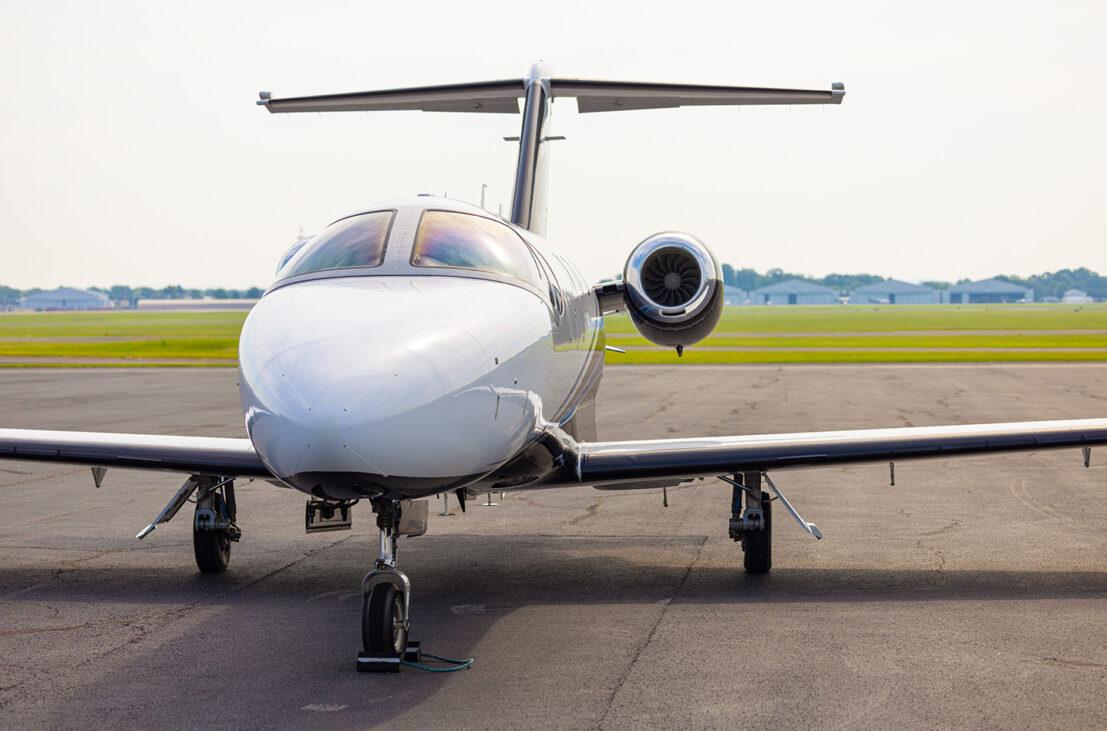
Jan. 29, 2024
This year should be steady and productive for business aviation, with a calibration of aircraft sales, growing inventory and stabilizing prices, providing some welcome relief from the heady days of 2021 and 2022, a panel of experts concluded in the NBAA Thought Leadership webinar: 2024 – Keeping it Real.
“When we look at 2023, we see it as a transitional year for the industry,” said Vivek Kaushal, CEO of Global Jet Capital. “When you think about 2021 and 2022, they were two blistering years, so you would expect the industry to slow down a little bit, and that’s what we saw. But even then, it’s very clear that business aviation’s user base has expanded 10-15% … and that makes 2024 a great setup for the industry.”
Rolland Vincent, president of Rolland Vincent Associates, concurred with this sentiment, adding that this year should see a divergence between owned and pre-owned aircraft pricing.
“The past year has really been a rebalancing year, especially with supply and demand,” said Vincent. “There is a lot of activity on the pre-owned side, but while we’re seeing signs of rising inventory, there’s still not a lot of high-quality inventory out there. Prices have stayed pretty strong, too, although we expect a little divergence between the new and the pre-owned, where new aircraft prices stay strong and book-to-bill ratios remain solid.”
This should end the frenzied buying of older aircraft that found a new life during the pandemic, said Jay Mesinger, president and CEO of Mesinger Jet Sales, sponsor and moderator of the webinar.
There are potential headwinds, too, said Alasdair Whyte, co-founder and editor of Corporate Jet Investor. Whyte noted that while U.S. presidential elections don’t typically impact business aircraft sales — and that this year’s general election in November should follow that trend — the June elections for the European Parliament could have deeper ramifications for the industry.
“I think there’s a big chance we’ll see a large number of green candidates winning those European elections, and that’s something the business aviation industry needs to keep in mind,” Whyte warned. “It doesn’t take a lot for an airport to say they don’t want business aviation because of the noise or environmental impact.”
Attracting and retaining talent is a perennial issue for the industry, noted Vincent, but for him, 2024 may be the year that geopolitical turmoil has a real impact on business aviation.
“Geopolitical risk has gone off the charts in terms of where and when we might see things accelerating,” said Vincent. “We’ve had a ground war in Europe for a couple of years, and globally, things are very, very fraught. Should something shift for the worse, geopolitically, that can disrupt anything.”
There’s good news, too. Kaushal and the other panelists see demand growth outside the U.S., which has dominated aircraft sales since the pandemic.
“We are seeing increased usage and interest in business aviation in Southeast Asia, in India and in Europe,” said Kaushal.
A year of stability will be good for business aviation, noted Mesinger. “I think a little bit slower market could provide a healthier market,” he said. “We need it; we just cannot operate at 130% of capacity, as we did in 2021 and 2022 and expect to deliver an 80% market.”


 International Business Aviation Council Ltd.
International Business Aviation Council Ltd.